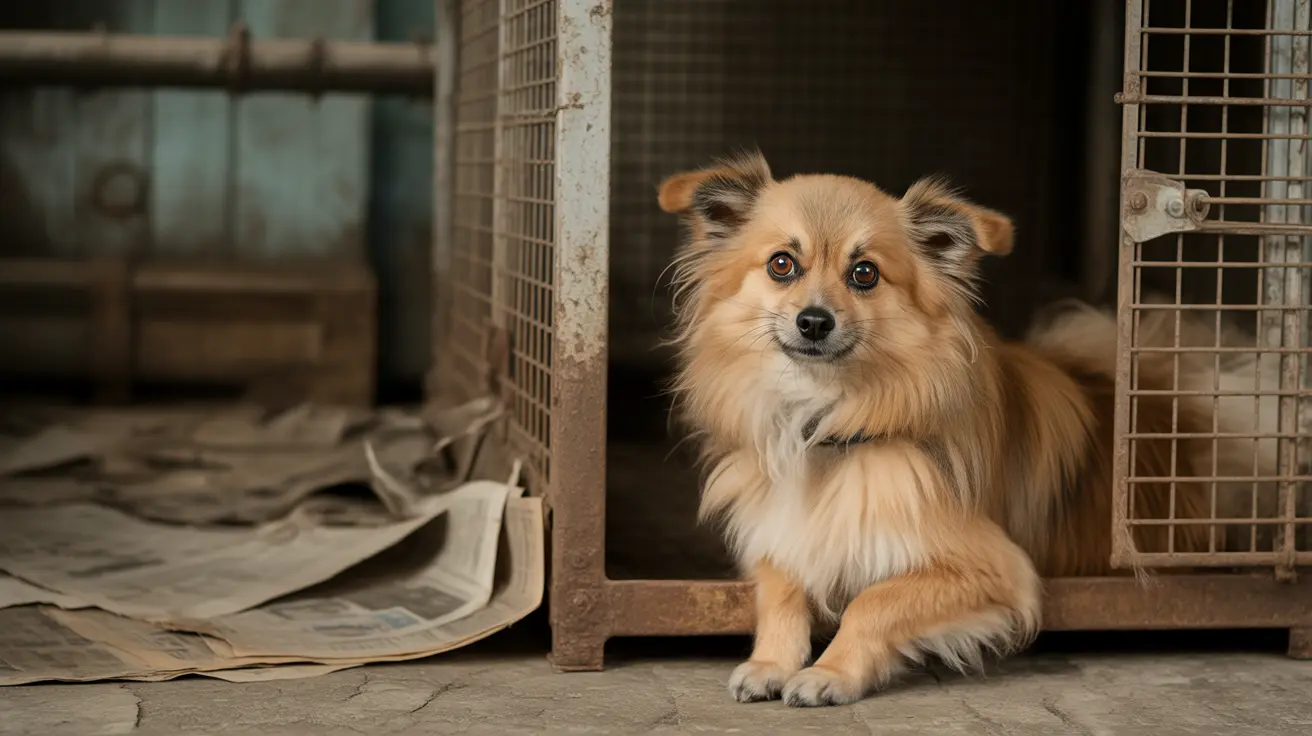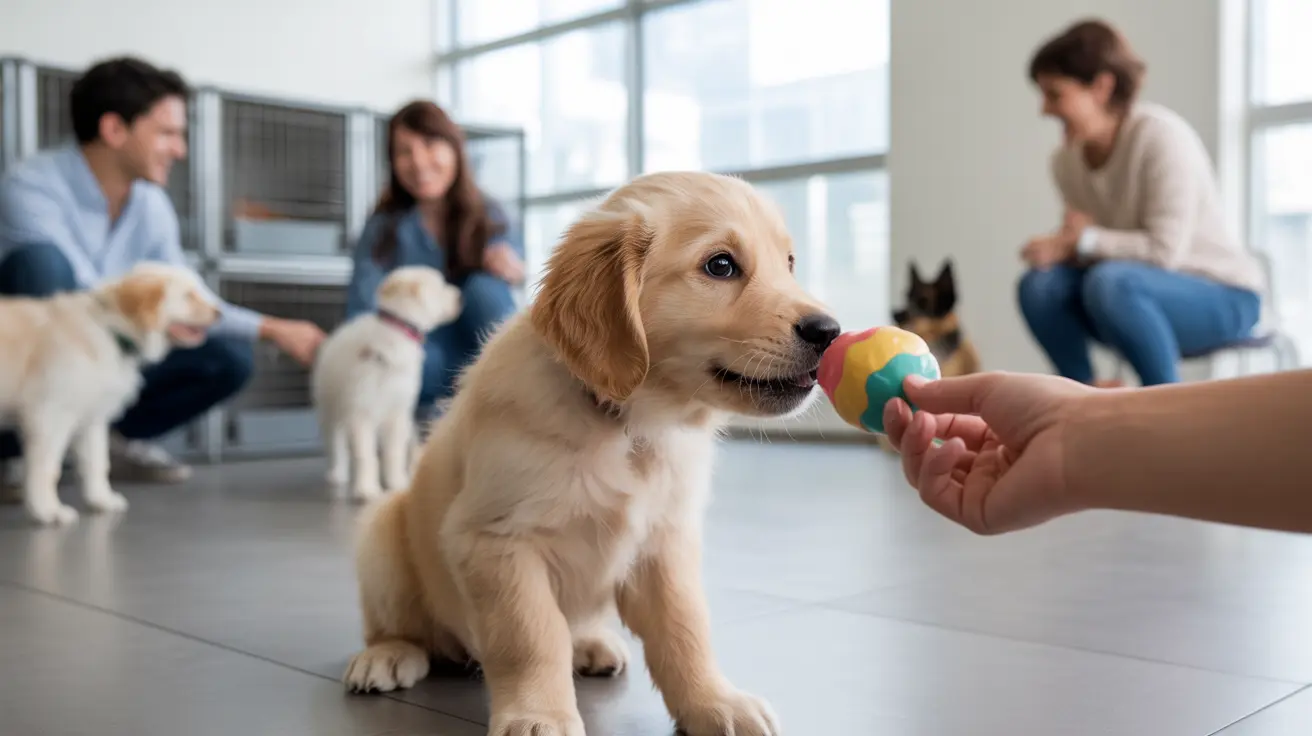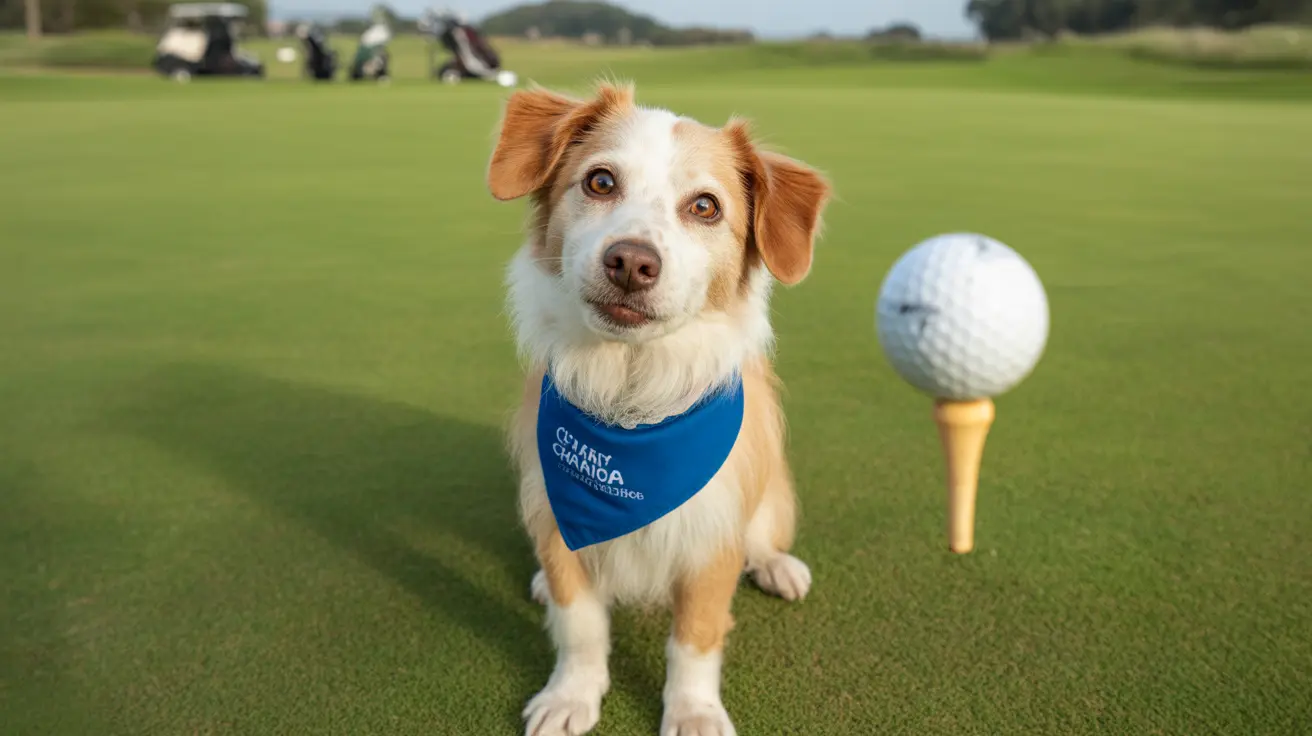Understanding Why Your Dog Sits on You: Comfort, Affection, and Instinct
Many dog owners often find themselves with a furry friend settling into their lap, chest, or feet. While this behavior may seem simple at first glance, it can carry a deeper significance. Dogs sit on people for numerous reasons, typically rooted in natural instincts, emotional bonding, and learned behavior. This article explores the most common motivations behind this adorable habit and how to interpret your dog’s actions.
1. Seeking Comfort and Security
At the core of this behavior is your dog's desire for warmth and safety. Much like puppies cuddling with their mother and littermates, adult dogs may retain the urge to seek close physical contact. Curling up with their human can help them feel safe and calm, especially during stressful times like thunderstorms, fireworks, or periods of anxiety.
2. Expressing Affection and Strengthening Bonds
Sitting on you is often your dog’s way of saying “I love you.” Physical closeness helps dogs bond with their humans. Whether it's a tiny Chihuahua or a massive Great Dane, many breeds naturally enjoy contact. Common affectionate breeds include:
- Labradors
- Golden Retrievers
- Maltese
- Bernese Mountain Dogs
- Vizslas
This behavior deepens the emotional connection between pets and their guardians.
3. Communication and Attention-Seeking
Dogs are smart and quickly learn behaviors that lead to their desired outcomes. If they sit on you and receive petting, playtime, or treats in return, they’re likely to repeat the behavior. Positive reinforcement teaches them that sitting on their owner is a great way to engage. Dogs also use this tactic to initiate playtime or alert you to their needs.
4. Marking Territory or Scent Spreading
Some dogs sit on their owners to mark their humans with scent. Dogs have scent glands on various parts of their body and may rub against you or sit down to establish ownership—particularly if another pet is present at home. This instinctive behavior may also be tied to resource guarding, where the dog perceives their owner as an important possession.
5. Coping with Separation Anxiety
For dogs prone to separation anxiety, sitting on their human provides emotional relief. Signs of anxiety may include:
- Excessive panting or drooling
- Whimpering
- Destructive behavior
Being close to their owner soothes these dogs, giving them a sense of stability and reassurance.
6. Breed-Specific Behavior Patterns
Certain breeds have been bred for close companionship and will naturally seek physical contact. Breeds such as Bernese Mountain Dogs and Vizslas are known as “Velcro dogs” due to their affinity for sticking close to their humans. These breed-specific tendencies highlight how genetics plays a role in proximity-seeking behavior.
7. Asserting Dominance or Hierarchy
Although less common, some dogs may sit on their humans as a way to assert dominance or status. This is sometimes observed after introducing a new pet into the household. Additional signs may include:
- Barking or growling at other pets
- Blocking others from approaching you
- Increased guarding behavior
If this leads to aggressive behavior, it’s wise to consult a professional trainer or veterinarian.
8. Regulating Body Temperature
Dogs may use their human’s body heat to warm up during cold weather, or sometimes sit just for the pressure and closeness it provides. Size, fur type, and health can influence a dog’s temperature regulation needs.
9. Alleviating Boredom or Requesting Interaction
If your dog sits on you at specific times—like when you're sitting on the floor—they may be initiating interaction. This behavior could express restlessness or boredom, asking you—without words—to spend time, go for a walk, or play.
10. Learned and Reinforced Behavior
Even if the original motive was instinctual, dogs often repeat the behavior because it works. If sitting on you results in love, praise, or food, that behavior becomes entrenched.
What to Do If You Want to Change This Behavior
If sitting on you is causing discomfort or not ideal, you can teach your dog alternative behaviors:
- Redirect them to a specific spot or blanket.
- Reinforce the new behavior with treats or praise.
- Be consistent with your cues and rewards.
If your dog’s behavior suddenly changes—becomes clingier or avoids contact—it’s essential to rule out medical issues. Contact your veterinarian to ensure there are no underlying health concerns.
Conclusion
In most cases, dogs sitting on their owners is a sign of trust, love, and instinctual bonding. Understanding the reasons can strengthen your connection and ensure both you and your dog are comfortable. Whether it’s for affection, communication, temperature regulation, or comfort, this behavior underscores the deep and enduring relationship between dogs and their human families.





